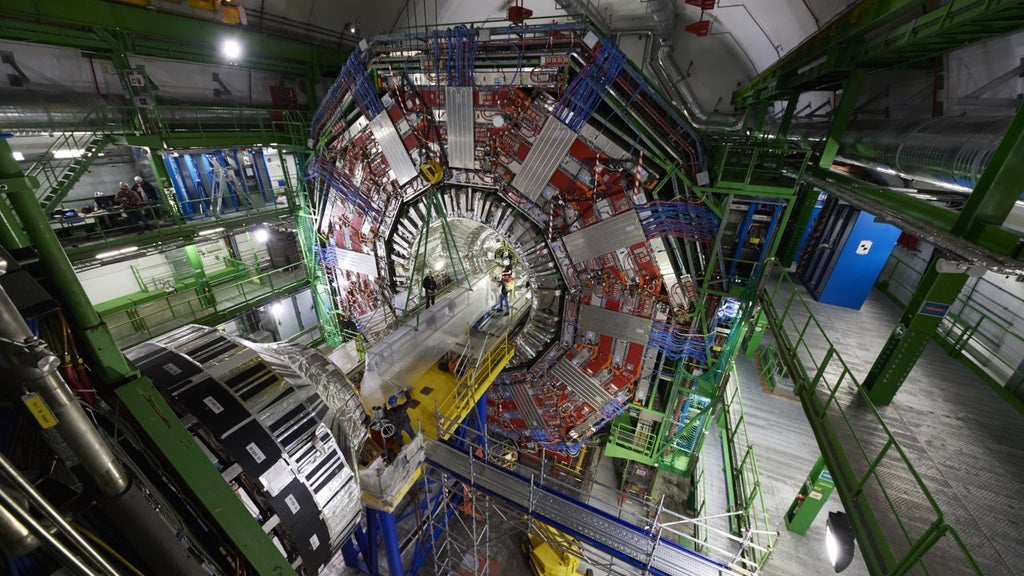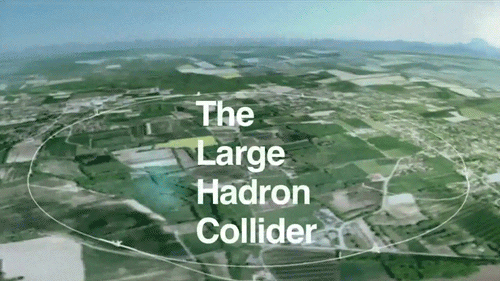IntroductionThroughout the past few decades, scientists have made astounding discoveries regarding the way particles at the subatomic level interact with one another. There has not been an instrument as instrumental in the pursuit of particle knowledge as the Large Hadron Collider. Click here! |

|
What is the Large Hadron Collider (LHC)?The LHC is a giant underground building 27 kilometers in circumference and 574 feet underground, dedicated to the research and development of particle physics. Built by CERN (European Organizations for Nuclear Research), the LHC is a worldwide group project, including over 10,000 scientists from over 100 countries. The main purpose of the LHC is to accelerate particles (protons, neutrons, muons) at speeds close to the speed of light (299,792,458 meters per second) in separate beams, and then smash them together to record observations and data. Click here! |

|
Breakthrough Discoveries
Higgs Boson Particle
|

|